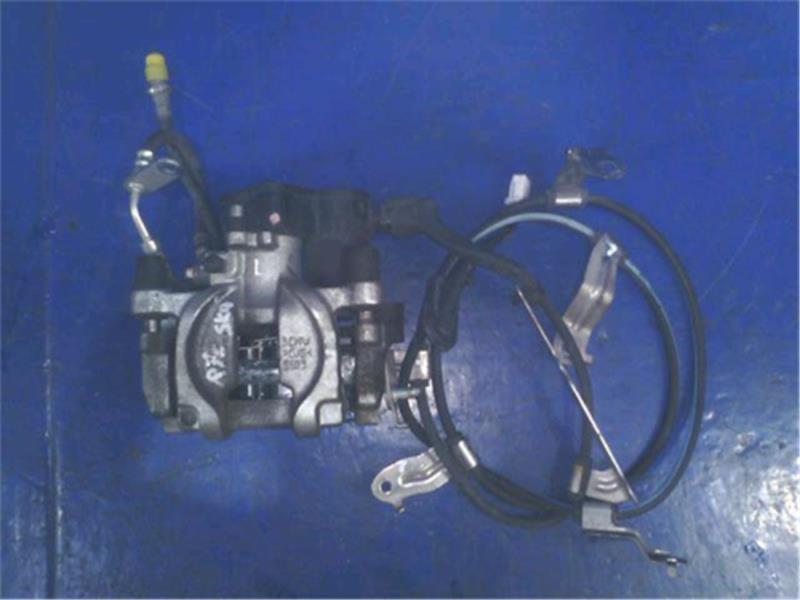商品の詳細
■トップスサイズ 単位(cm)
USサイズ|身幅(cm)
【0-2】XS(5-7号)|38.5
【2-4】S(9号)|41
【4-6】M(11-13号)|44
【8-10】L(15-17号)|47
【12】XL(19号)|50■ブランド
ISABEL BENENATO (イザベル・ベネナート)■商品名
Shirts■生産国
Made In Italy■素材
100% Cotton■こちらの商品は米国・ヨーロッパからお取り寄せ商品となりますので、 お届けまで10日~2週間前後お時間頂いております。■各ブランド・商品・デザインによって大きな差異がある場合がございます。■あくまで平均的なサイズ表ですので、「参考」としてご利用ください。■店内全品【送料無料】です!(※沖縄・離島は別途送料3,300円がかかります)



商品の説明

(取寄) マイケルコース レディース プラス サイズ ソリッド ロング スリーブ タイ ブラウザ MICHAEL Michael Kors women MICHAEL Michael Kors Plus Size Solid Long Sleeve Tie Blouse Black:スウィートラグ

(取寄) コロンビア ウィメンズ シルバー リッジ 3.0 Ls シャツ Columbia Columbia Women's Silver Ridge 3.0 LS Shirt White:ジェットラグ店

エンフォルド ENFOLD サイズ:38 300ES330-1450 ギャザーデザインロング丈長袖シャツ(ホワイト)【801042】【BS99】【レディース】【中古】bb212#rinkan*B:RINKAN

【中古】ツル バイ マリコオイカワ TSURU by Mariko Oikawa ノースリーブ ブラウス チュニック ペプラム チェック F ピンク /☆G レディース 【ベクトル 古着】 231005:ブランド古着の買取販売ベクトル

SLEEPING GYPSY スリーピングジプシー フラワー刺繍リネンブラウスシャツ ブラック S 【中古】 IT4GWM41B5J4:MODESCAPE

【送料無料】 リリーピュリッツァー レディース シャツ トップス UPF 50+ Karina Tunic Blue Tang Sitting Seaside:ReVida

ヘルズベルズ HLZBLZ Women Royalty Tee (white) レディース:サンガ

【50%OFF】サクラ SACRA コットンリネン ウエストリボン バックカシュクール ラップブラウス・118110031-3341801(レディース):小三郎商店

【中古】エンフォルド ENFOLD 21AW COブロードギャザーオーバーBLOUSE ブラウス シャツ 長袖 ノーカラー バンドカラー ギャザー 38 M 緑 グリーン 300EA630-2800 /NW23 レディース 【ベクトル 古着】 231219:ブランド古着の買取販売ベクトル
![yuir|コットンリネンダブルポケットストライプシャツ [[YNI-10503]][C]:ハグハグ](https://tshop.r10s.jp/hughug-shop/cabinet/img_09141313_3/ma56271.jpg)
yuir|コットンリネンダブルポケットストライプシャツ [[YNI-10503]][C]:ハグハグ
最新のクチコミ
孫の幼稚園通園用のハイソックスを購入しましたワンポイントで大変可愛いので孫も気に入って履いてます購入して良かったです
- xkc*****さん
- 59歳
- アトピー
- クチコミ投稿 1件
購入品
ジーンズを購入するときは、このショップと決めています。やはり裾上げがあるのが良いです。脂肪肝と言われダイエットしたのでサイズ変更の為利用しました。2着お願いしたかったのですが、体型の維持に自信なく1着としました。また利用されてもらいます。
- evr*****さん
- 55歳
- アトピー
- クチコミ投稿 5件
購入品
会社にはいていくものを探していました。値段が安く、安っぽく見えなくて、肌触りの良いもの。届いて早速履いてみましたが、ベルトループ残し周りは若干安っぽく⁉️運動着っぽく見えますが、トップスで隠れてしまうので問題なし。生地は厚みもあるので安っぽく見えません。私はかなりタイト目になりますが、(体重90㌔前後、ウエスト90㌢前後)肌触りもよくするっと入って、なかなか良いです。少し股が浅い感じはしますが、私の体とサイズがあってないの問題かもしれません。LまでしかsizeがないのでLLがあればもっと良かったかも。それでも気に入りました。
- csu*****さん
- 33歳
- アトピー
- クチコミ投稿 1件
購入品
兄弟お揃いにしたくて2つ購入しました。少し大きめな感じもしますが、2人と間に合っていて満足しています。
- cdk*****さん
- 66歳
- アトピー
- クチコミ投稿 1件
購入品
会社の消毒用にリピーターです。希釈せずにそのまま使えて便利に使わせてもらっています。納期はちょっとかかりますが。
- pen*****さん
- 48歳
- アトピー
- クチコミ投稿 3件
購入品
ぽっちゃりでも入るし、かわいいし、生地や縫製もしっかりしているうえに安いので助かります!リピ決定です。
- ynw*****さん
- 28歳
- アトピー
- クチコミ投稿 2件
購入品
株主総会の返信はがき委任状に同封しています。数年前にはネットで購入出来ず印刷屋さんにお願いしていましたが、こちらで見つけて即購入しました。品質も問題なく今年から使用しています。コスパもok
- bie*****さん
- 39歳
- アトピー
- クチコミ投稿 5件
購入品
BDの張り替え用として、なかなか探しても無くて、ようやく見つけ即購入。印刷とかはしないので色乗りとかはわかりませんが、張り替えてマジックで書く分には十分に機能を果たしてくれました。
- woi*****さん
- 45歳
- アトピー
- クチコミ投稿 2件
購入品
寒いので防寒の為に購入しましたが、もう少し生地が厚いと良かったです。取り付けるのは簡単だったので、これで生地が厚かったら防寒になったと思います。
- utc*****さん
- 39歳
- アトピー
- クチコミ投稿 1件
購入品
この性能でこの価格であればとても満足です。注文番号:kotobukikinko-10003590
- zmb*****さん
- 44歳
- アトピー
- クチコミ投稿 4件
購入品
コンパクトでありながらそれなりの高級感があり、座り心地も良好。
- rht*****さん
- 63歳
- アトピー
- クチコミ投稿 1件
購入品
近所の薬屋で進められましたが、高かったのでネット購入。仕上がりがさらさらしていてとても気持ちがいいです。
- onl*****さん
- 32歳
- アトピー
- クチコミ投稿 2件
購入品
掛け布団はふわふわで肌触りが良く気持ちいいです。敷布団も肌触りや質感には問題がありませんが、よれていて折り皴を直しても浮いてしまう部分があります。値段相応でしょうか。掛け布団のみならいいですが、敷布団とのセット購入はオススメしません。
- nxp*****さん
- 57歳
- アトピー
- クチコミ投稿 5件
購入品
冬物衣料と思ったので購入しましたが春夏物生地で暫く履けません。物が手元で確認出来ないネットショッピングの弱点を経験しました。
- ewk*****さん
- 61歳
- アトピー
- クチコミ投稿 2件
購入品








